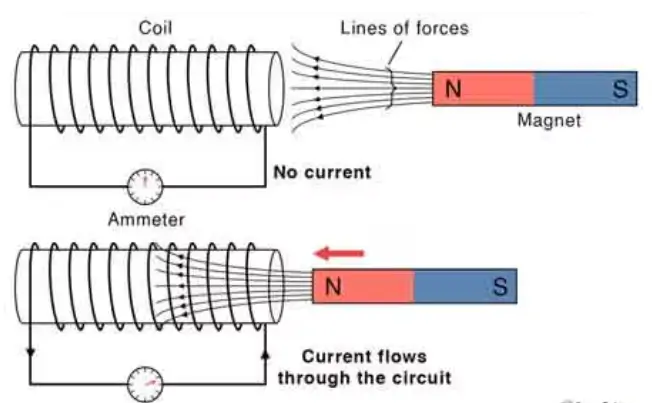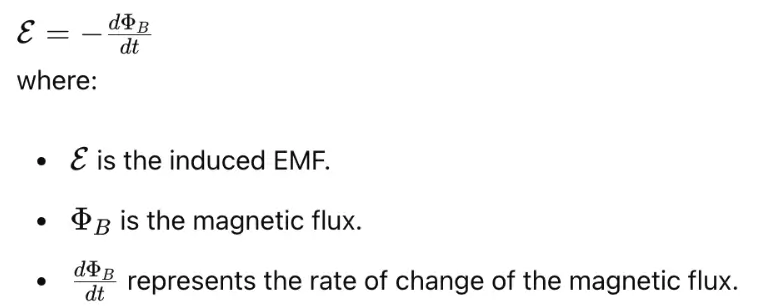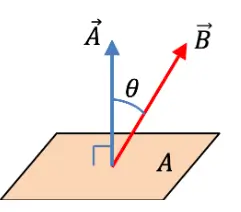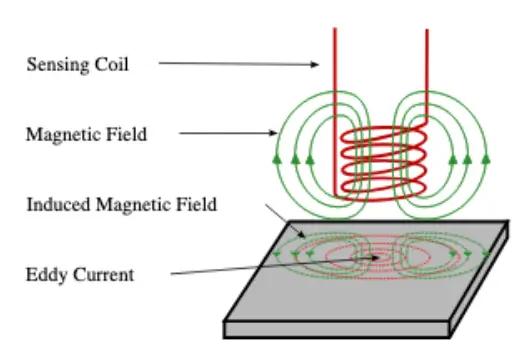Electromagnetic induction is a fundamental concept in physics that describes the generation of an electromotive force (EMF) or voltage in a conductor due to a changing magnetic field. This phenomenon is central to the functioning of various electrical devices such as transformers, electric generators, and inductors. The principles of electromagnetic induction were first discovered by Michael Faraday in 1831 and later mathematically formulated by James Clerk Maxwell.
Historical Background

Michael Faraday, an English scientist, conducted experiments in the early 19th century that led to the discovery of electromagnetic induction. Faraday’s law of induction states that an electromotive force is induced in a conductor when the magnetic flux through the conductor changes. This discovery was monumental, leading to the development of electric power generation and transmission.
Fundamental Concepts
Faraday's Law of Induction
Faraday’s Law can be stated as:

The negative sign indicates Lenz’s Law, which states that the induced EMF and the change in magnetic flux have opposite signs, meaning the induced EMF creates a current that opposes the change in flux.
Magnetic Flux
Magnetic flux (Φ𝐵) through a surface is defined as:
Φ𝐵 = B ⋅ A ⋅ cos (θ)

- 𝐵 is the magnetic field strength.
- 𝐴 is the area through which the magnetic field lines pass.
- θ is the angle between the magnetic field and the normal to the surface.

Lenz's Law
Lenz’s Law states that the direction of the induced current is such that it opposes the change in magnetic flux that produced it. This is a manifestation of the conservation of energy.
Applications of Electromagnetic Induction
Electric Generators
Electric generators convert mechanical energy into electrical energy using electromagnetic induction. When a coil rotates within a magnetic field, the changing flux induces an EMF, generating electricity.
Transformers
Transformers are devices that transfer electrical energy between two or more circuits through electromagnetic induction. A changing current in the primary coil generates a changing magnetic field, inducing a voltage in the secondary coil.
Inductors
Inductors are passive electrical components that store energy in a magnetic field when electric current flows through them. The changing current induces a magnetic field, which in turn induces an EMF opposing the change in current.
Mathematical Formulation
Maxwell-Faraday Equation
The Maxwell-Faraday equation, one of Maxwell’s equations, describes how a time-varying magnetic field creates an electric field:

Self-Inductance
Self-inductance is the property of a coil (or inductor) where a change in the current induces an EMF opposing that change. The self-induced EMF (εL) is given by:

Practical Considerations
Eddy Currents
Eddy currents are induced currents in a conductor exposed to a changing magnetic field. These currents flow in loops within the conductor, creating resistive losses and heating. They can be minimised using laminated magnetic cores.

Skin Effect
The skin effect is the tendency of alternating current (AC) to distribute itself within a conductor such that the current density is highest near the surface. This effect increases with frequency and affects the resistance and inductance of conductors.
Advanced Topics
Electromagnetic Waves
Electromagnetic induction is closely related to the generation and propagation of electromagnetic waves. According to Maxwell’s equations, a time-varying electric field produces a magnetic field and vice versa, allowing electromagnetic waves to propagate through space.
Quantum Electrodynamics
In quantum electrodynamics (QED), electromagnetic induction is described in terms of photon exchange between charged particles. This advanced theoretical framework provides a deeper understanding of the interaction between electric and magnetic fields at the quantum level.
Conclusion
Electromagnetic induction is a cornerstone of modern physics and electrical engineering, underpinning a vast array of technologies from power generation to wireless communication. Understanding the principles of Faraday’s law, Lenz’s law, and their applications enables the design and operation of efficient electrical systems, making electromagnetic induction a vital area of study in both theoretical and applied physics.




